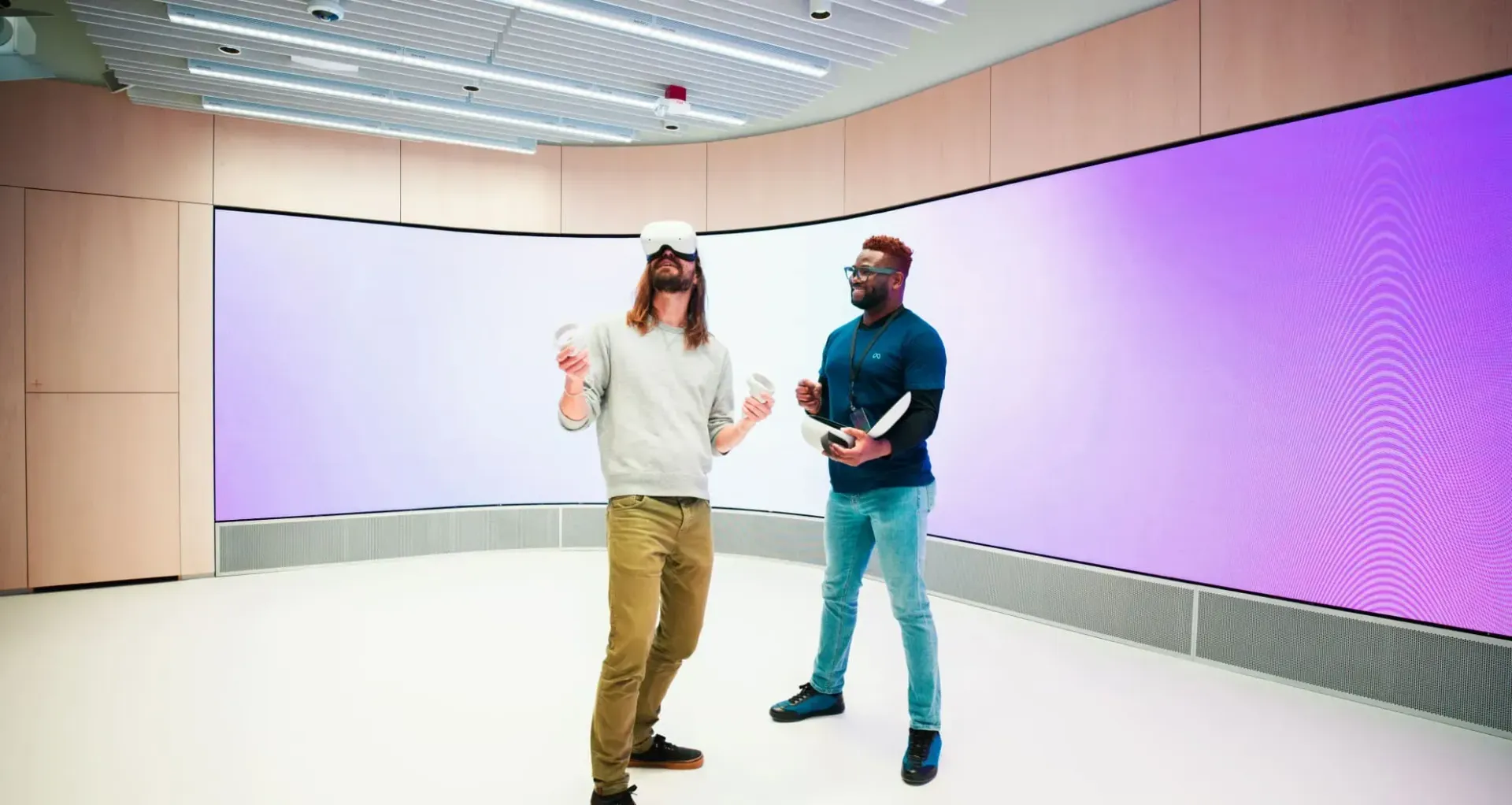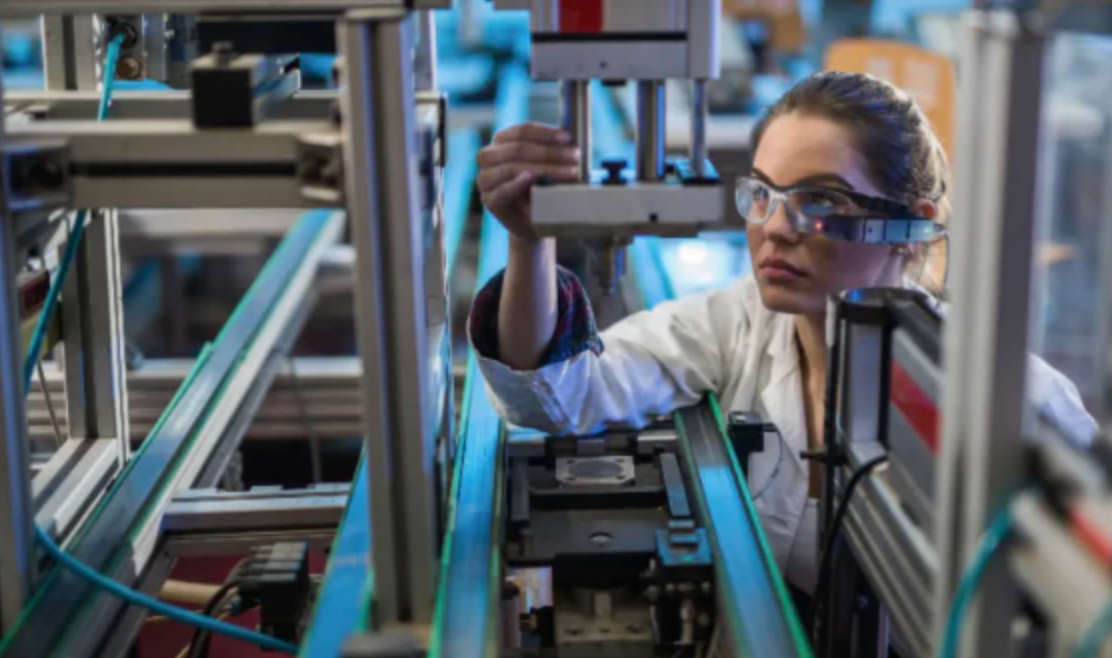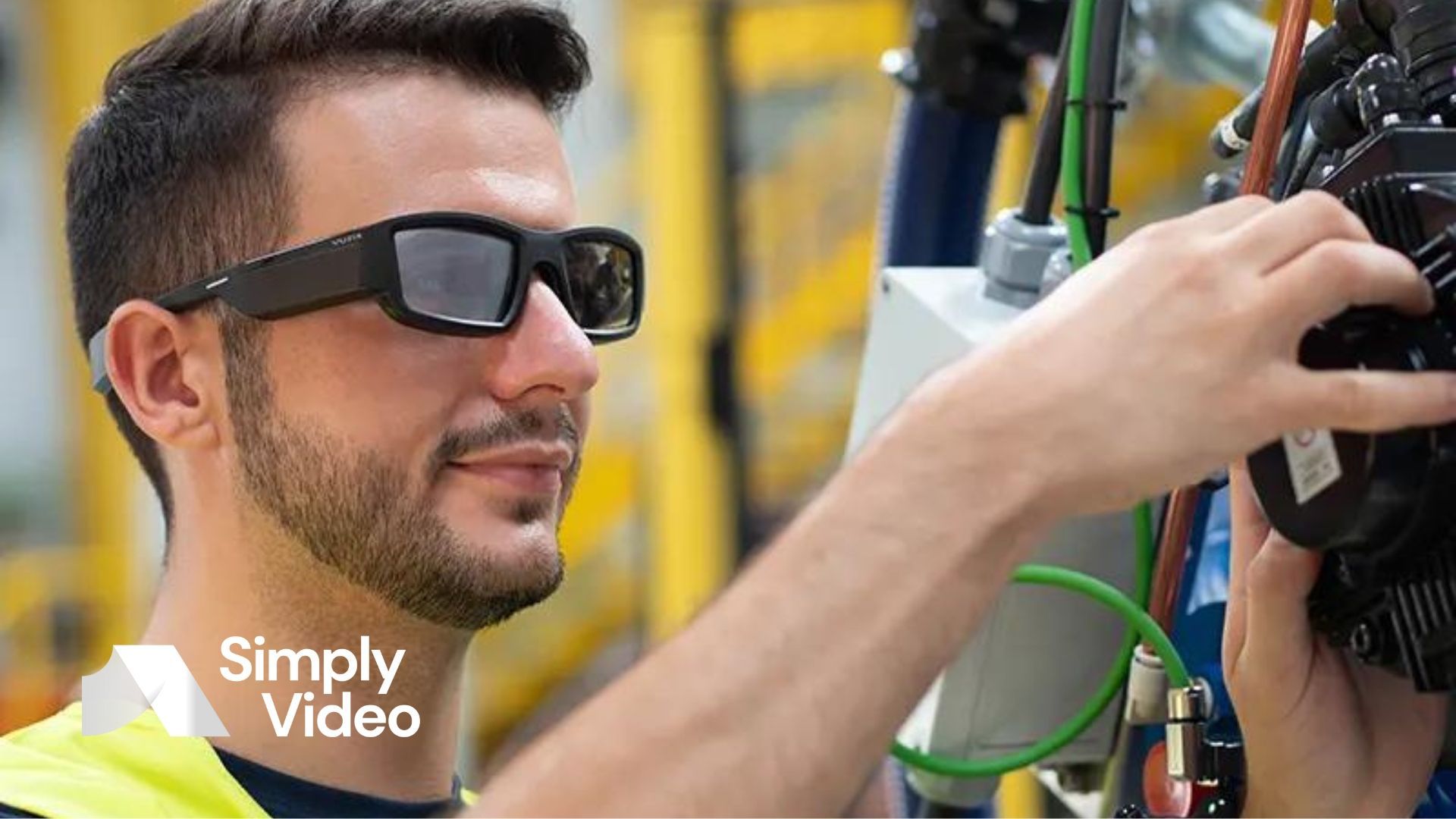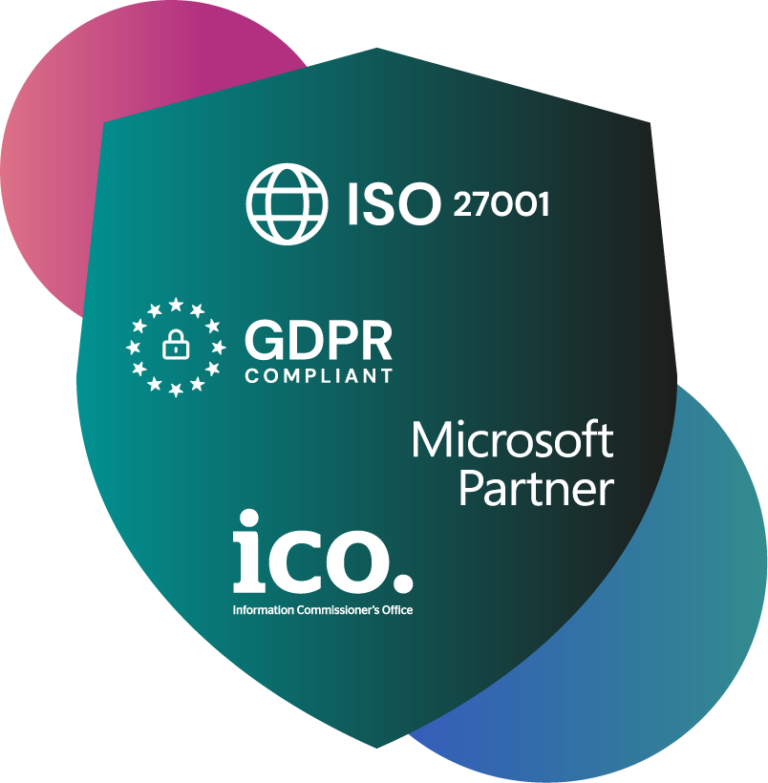4 ways that new technologies are transforming contact centres
New technologies like AI and XR are transforming industries worldwide – and the contact centre is no exception. Join us as we explore 4 examples.

Contact centres have always moved with the times. You can see it in the very phrase "contact centre" – essentially a call centre that uses all the communication channels available to it.
Today's chatbots are a far cry from the first call centres in the mid-1960s – but the principle remains the same.
The
earliest known example of a call centre in the UK was set up for a local newspaper in Birmingham. This "PABX" (private automated business exchange) already shows the hallmarks of the modern-day contact centre. Replace the phone terminals with computers and you're pretty much there.
Today's call centre staff face similar challenges to those Brummie call handlers – challenges like how to avoid call bottlenecks, how to learn from conversations and how to stay connected with other staff, management and technicians.
Management, too, is wrestling with timeless problems – reducing overheads and improving efficiencies being the obvious ones.
As the decades have gone by, call centres have adopted new technologies. This process continues to this day in the form of AI, cloud technology and XR.
This "fourth industrial revolution" is transforming pretty much every industry you can think of – from healthcare to manufacturing, from oil and gas to real estate. So is it any wonder that it's changing the way that contact centres do business too?
In this article, we run through four exciting ways that new technologies are transforming contact centres.
1. Artificial intelligence (AI)
AI is transforming customer self-service. It can act as a kind of contact centre triage, identifying routine cases and enabling customers to resolve them without human help.
Just like triage in a hospital, this means that your agents can get on with what they do best – the interpersonal stuff that bots aren't yet ready to take on.

Does a customer need personal attention? Is there a conflict that needs resolving? Then AI will auto-route the enquiry to an agent. Is it something the customer can do themselves? Then let the bots show them how to.
2. Contact centre as a service (CCaaS)
These days, you can get almost anything "as a service" – meaning that it's available round the clock as a cloud service.
Contact centres are no exception. Moving operations from an on-premise data centre to the cloud is scalable, cost-effective and perfect for today's omni-channel approach. It means your teams can access the tools and resources they need from any location at any time.
3. Conversational analytics
Contact centres gather huge amounts of data – and not just customer details. The conversations themselves, whether with chatbots or agents, can furnish management with actionable insights.
One way of achieving this is through something called "conversational analytics" or "conversational intelligence". AI extracts voice data from phone calls and text data from emails, chatbots and social media exchanges. It then uses "customer sentiment analytics" to establish what is being said – and, more importantly, why.

This gives managers greater visibility into the calls and exchanges taking place and tells them what customers feel, want and need.
Conversational analytics is still a relatively new solution – but in the long run, it could do away with random call recording and monitoring.
4. Extended reality (XR)
XR is an umbrella term for technologies that alter our experience of reality. XR ranges from immersive virtual worlds (VR) to superimposed digital images (AR) to floating displays of texts and images (aR).
XR takes video conferencing and adds a whole host of interactive, immersive features. And here at SimplyVideo, we're proud to be part of the movement.
SimplyVideo is a piece of video call software built for use with XR devices. A user can don a compatible headset or pair of smart specs, make a video call and access XR features.
Why? It's all about improving collaboration.
Think of an internal, inbound contact centre that provides remote support to field workers.
The usual setup looks like this. A field worker calls in with a technical issue. They describe the problem over the phone – as best they can – and perhaps send over a few smartphone snaps for good measure.
However, this isn't the clearest way to communicate. When you're relying on voice and static images alone, you risk information being lost in translation. This could end up making the problem worse – and lead to downtime as an expert is shipped out to examine the issue in person.
With an XR headset, however, communication is as clear as day. Many are fitted with front-facing cameras that can stream "see-what-I-see" video to one or many third parties.
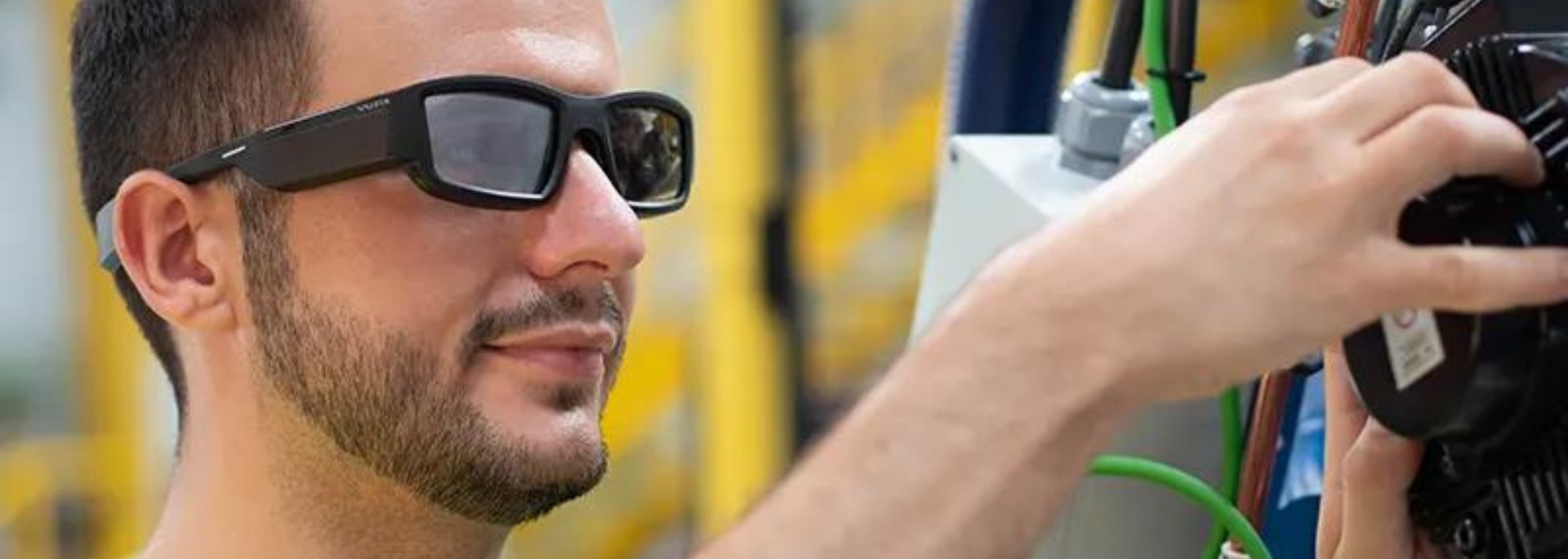
If our field worker was wearing a headset, the contact centre operative could see exactly what the problem was and diagnose it right there on the spot. No crossed wires. No downtime.
SimplyVideo includes several features that are specially designed for these kinds of scenarios. That includes Chat 4.0 – a next-gen chat box that allows for streamlined content sharing – and Phonebook, a voice-controlled directory that connects users to remote experts.
Using Phonebook, a field worker can utter a simple voice command like "request help" and will immediately be shown a dashboard with available operatives.
If one is available, another voice command gets you chatting in no time. It's like an instantaneous, efficient, automated switchboard that has the huge benefit of speeding up the troubleshooting process.
There are many more use cases for XR in a contact centre context. But we'll finish up with one particularly useful application.
Let's say your remote support operatives are equipped with most of the knowledge they need to deal with everyday problem-solving. Occasionally, however, an issue crops up that demands specialised help.
Using XR, it's easy to tap into expert knowledge from veteran workers.
An experienced field engineer, say, could carry an XR headset and remain "on call" for these particularly tricky issues.
Most of the time, they're free to continue their work as usual. But when their expertise is needed, they can connect to the perplexed junior worker and deliver specialised support on the job.
This kind of flexible knowledge sharing has numerous benefits for the contact centre and beyond.
From a wide-angle perspective, it helps the business by streamlining support, maximising per-head efficiency and reducing the risk of downtime and hefty travel costs.
And for call centre staff, it means less day-to-day pressure. By offloading responsibility for specialised support, they can focus on what they do best.
Interested in deploying SimplyVideo in your contact centre?
Sign up today for a free 30-day trial.
